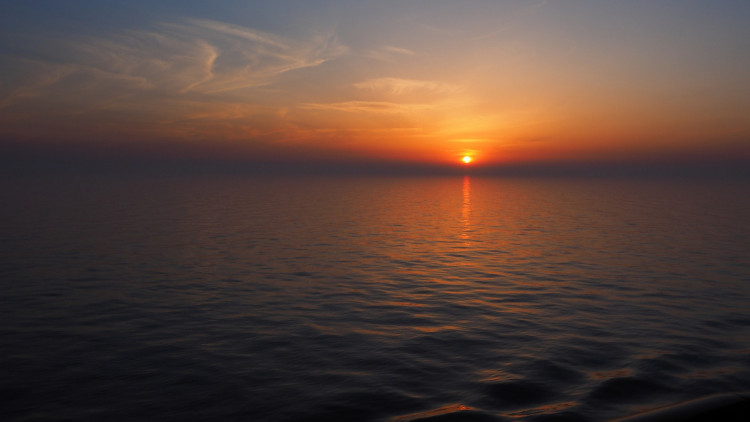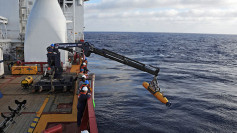The Armed Forces of the Philippines confirmed on Sept. 4 that the Philippine Navy warship BRP Gregorio del Pilar that wandered adrift on Hasa-Hasa Shoal has already been pulled out from the contested region. Unfortunately, the incident did not provoke any misinterpretation from all nations that assert overlapping claims over the region.
The warship, touted as the biggest in the country, was stranded on Aug. 29. It was successfully extricated before midnight on Sept. 3, the AFP said. The retrieval operations took nearly 10 hours. AFP public affairs chief Col. Noel Deotyato confirmed the warship only suffered minimal damage in the hull and right propeller. The 117 crew members that include 15 officers were fortunately unharmed.
To avoid any misinterpretation, the Philippines saw it appropriate to inform the Chinese military that is also patrolling the region. Two unnamed officials who spoke with local news outlet Inquirer said the Philippines assured China that the incident was purely accidental and happened in good faith, hence their immediate actions.
China, for its part, has also deployed its coast guard vessels and rescue boats near the Hasa-Hasa Shoal or the Half Moon Shoal two days after the BRP Gregorio del Pilar ran adrift the area. Chinese Foreign Ministry spokesperson said Beijing offered help to make the retrieval operations faster. Defense Secretary Delfin Lorenzana, on the other hand, explained they did not accept China's offer since, upon assessment, it was clear that the Philippines can handle the matter well on its own.
Ni Lexiong, a keen observer of geopolitical relations, believed China was "relieved" that the Philippines acted promptly to downplay the accident. The Shanghai-based military commentator explained to the South China Morning Post that Beijing is prioritizing the status quo and calm situation over the disputed region. By sending Chinese forces immediately to address the incident, it is also sending a message to the Philippines that Beijing is the one in control over the region.
Territorial claim over the South China Sea is an extremely important discourse because 60 percent of global shipping happens in the region. Aside from the Philippines and Beijing, Brunei, Taiwan, Vietnam, and Malaysia are also asserting their ownership over the area.
While these nations have yet to reach accord on who really has the ultimate rights over the South China Sea, other countries are also inclined to exercise their freedom of navigation which complicates the situation in the already highly tensed region.
On Aug. 31, Japan dispatches its largest aircraft carrier to join the military exercises to be conducted by the United States. Washington deployed its Ronald Reagan aircraft carrier for the military drills that will run through October. Japan reportedly joined the military drills to exercise its free and open Indo-Pacific policy while the United States wanted to assert its freedom of navigation that is within the bounds of international law.
The Japanese and U.S. vessels deployed for the drills will also conduct port calls in India, Singapore, Indonesia, Sri Lanka, and the Philippines.






